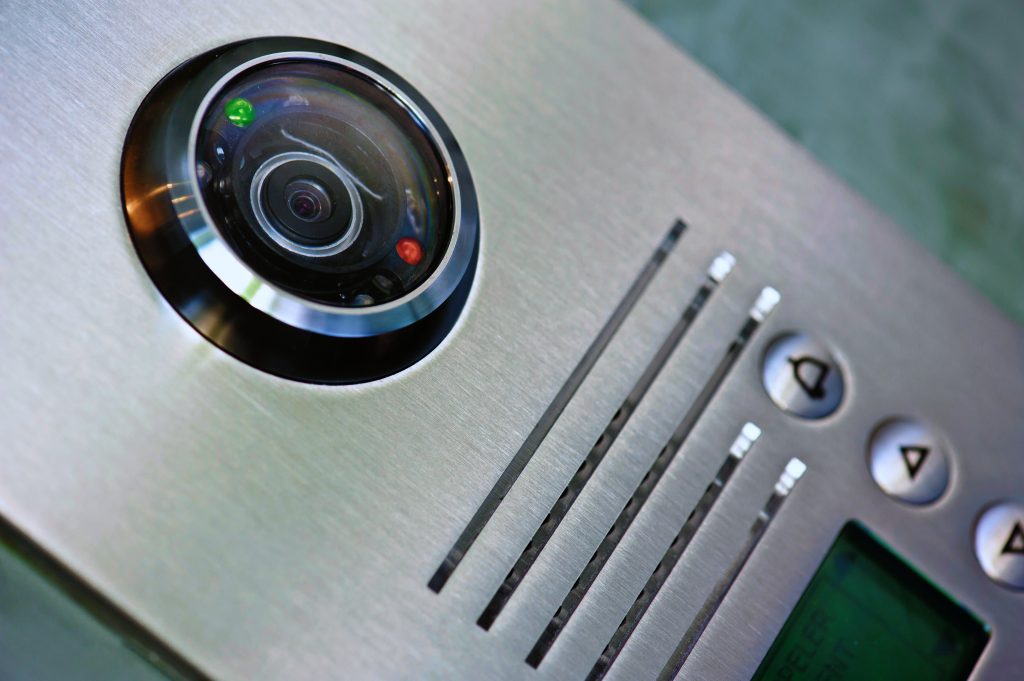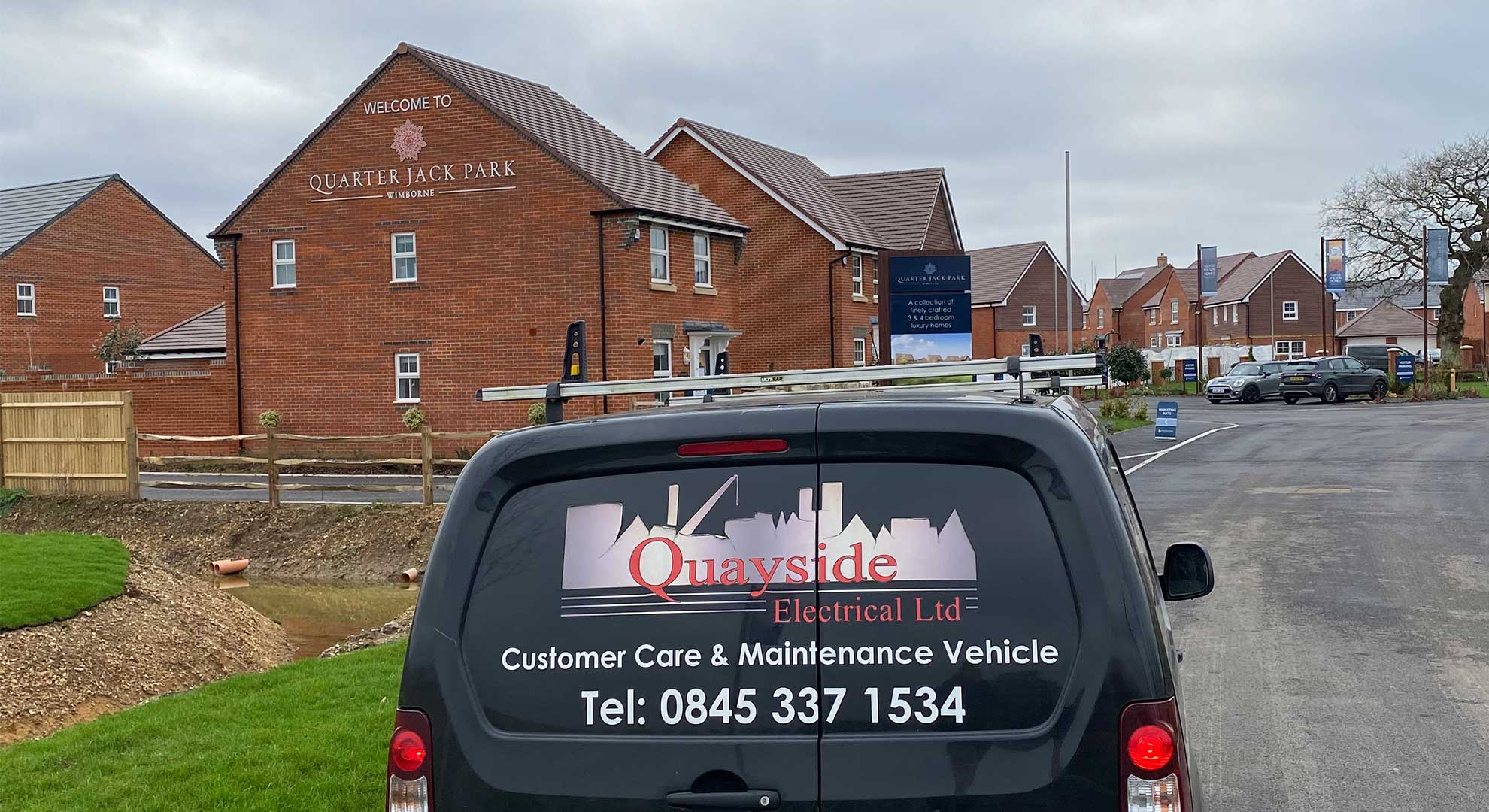PAT testing stands for portable appliance testing as is the examination of electrical appliances and equipment to ensure they are safe to use. Whilst many defects can be quickly noticed, some electrical defeats can only be discovered via a testing process.
To establish the suitability and safety of your electrical appliances, a competent expert will carry out a visual inspection of the appliance, as well as its plug and lead. For Class I equipment, experts will also inject test signals into the cable and appliance to ensure their integrity.
It’s important that PAT testing will only be carried out by people who have the necessary knowledge, skill and experience required to avoid causing danger to themselves and others.
Is PAT testing a legal requirement?
PAT testing is not a legal requirement or obligation but current UK legislation states that businesses’ must keep their electrical equipment in a safe condition. Businesses have a legal responsibility to keep both the employees and the public protected.
Under the Health and Safety at Work Act 1974, employers have a responsibility to provide and maintain a safe plant for every employee to use. This requirement is endorsed by the Electricity at Work Regulations of 1989 with its specific reference to electrical equipment. These regulations are also valid for the self-employed.
PAT testing is an effective way for businesses to maintain safety and meet all their legal obligations. The law does not specify what needs to be PAT tested, by whom or how frequently. We recommend choosing our expert team like our own to regularly inspect your electrical equipment.
How frequently should I PAT test?
The frequency of PAT testing depends on the type of electrical equipment and the environment it is used in. For example, a power tool used on a construction site should be examined more frequently than a lamp in a hotel bedroom.
New equipment should already be in a safe condition which means they shouldn’t require a formal portable appliance inspection or test. However, we recommend looking over the item quickly to ensure that it is not damaged.
What Should be Tested?
Portable appliances that need PAT testing include any electrical appliance that uses a flexible cable or plug and socket. If the appliance has a plug which is connected to a wall socket or generator, should be PAT tested.
Other equipment that should be PAT tested include items like PCs and monitors, electric drills, printers, kettles and larger pieces of equipment like photocopiers and vending machines. Cordless power tools won’t need PAT testing unless it has a battery charger that plugs into a wall.
Larger, non-portable items will still need PAT testing because they plug into a power source. Power cords that come with IT equipment must be tested separately from the equipment. Cable extensions will also need to be tested as they are considered one of the biggest safety hazards.

Equipment that is being PAT tested are put into three different classes:
- Class I equipment is connected to the protective conductor to stop exposed conductive parts from becoming live should there be a failure in the basic insulation.
- Class II equipment is designed and manufactured to protect the user from electric shock and does not rely on basic insulation. Class II equipment is frequently described as “double insulated” and should carry the symbol.
- Class III equipment protects users against electric shock via a supply from a separated extra-low voltage source.
How is Equipment PAT Tested?
A visual inspection should include checking the equipment against the manufacturer’s instructions and ensures that the equipment has been installed and used in accordance with the manuals. They will also verify the voltage and frequency as well as checking that the ventilation or heat dissipation has been met.
We will always determine whether the environment is suitable for the equipment or whether there will be a risk of mechanical damage, exposure to weather, fluids, temperature, corrosives, or flammable materials. We will also determine whether there is a suitable means of disconnecting the electric equipment from the mains supply, especially in the event of an emergency.
PAT testing includes monitoring insulation resistance, earth continuity, protective conductor/touch or alternative/substitute leakage, a wiring polarity check, a functional check and a dielectric strength test.
Why Choose Quayside?

The person carrying out the PAT testing needs to be competent and experience with all the right equipment. Our team members are skilled and trained, meaning they can undertake visual inspections, have the ability to correctly use test equipment and can understand the test results.
Quayside Electrical is a brand renowned for their excellence. From our Southampton base, we offer all aspects of electrical work, not just PAT testing – from Commercial to Domestic. Get in touch with us today to find out more about our aftercare and maintenance work. With Quayside Electrical, you don’t have to worry about the quality of your electrical equipment.
Categories: Quayside Electrical



